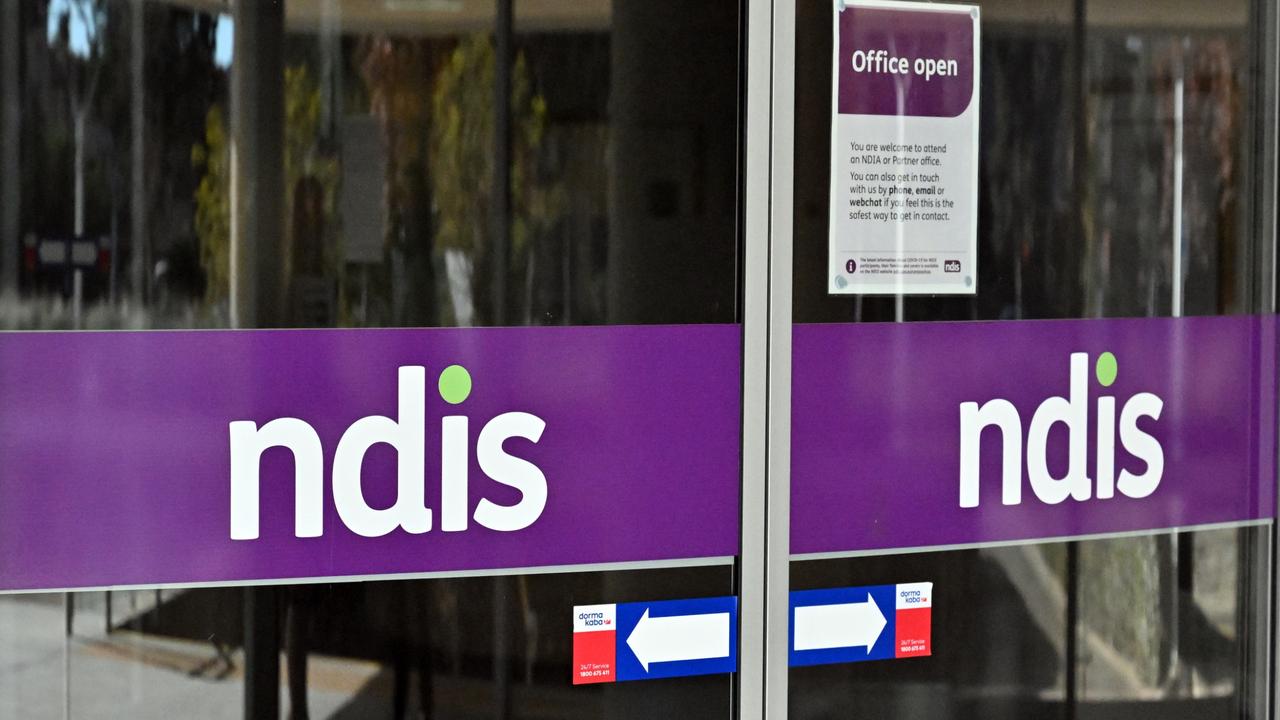New report investigates financial incentives behind rise in autism diagnoses
Children’s autism rates in Australia are among the highest in the world and financial incentives brought forward by the NDIS could be the reason why.
A new report has found a “plausible link” between the National Disability Insurance Scheme (NDIS) and a rise in autism diagnoses in children across Australia.
The number of autism diagnoses in children has significantly increased over the past 10 years, at a much faster rate when compared to other countries like Canada, the US and the UK, according to a new study by academics from the Crawford School of Public Policy.
Lead author of the study, Maathu Ranjan, said the NDIS is “the key factor unique to the Australian context and potentially explains the additional growth in Australian prevalence”.
“It is plausible that the growth of prevalence rates above the global average in Australia can be attributed to the financial incentives created by government policy, specifically the implementation of the NDIS,” she wrote in the paper titled “Understanding Autism Prevalence”.

Since its initial implementation in 2013, the NDIS has assisted 620,000 Australians living with disabilities – individuals with autism accounting for 45 per cent of that number.
“Rates of autism are increasing faster in regions where the NDIS rolled out,” Ms Ranjan said.
“This suggests that the rollout of the NDIS has had an impact on the number of people seeking and receiving a diagnosis, but further work is needed to identify the causal effect of the NDIS on autism prevalence.”
On average, NDIS participants with autism receive $33,800 a year, with very few participants ever leaving the scheme.
The significant rise in autism cases has contributed to the explosion of costs of the $41 billion scheme.
NDIS costs have been increasing at about 13 per cent per year and are projected to rise to as high as $114bn by 2032, when the number of participants is expected to rise to more than a million.
Ms Ranjan said understanding the reason behind an increase of NDIS participants with autism would assist in redesigning the scheme.

In a previous report, she dubbed the scheme “unsustainable”, as the NDIS roll out has forced many disability services around the country to withdraw and significantly reduce their services, leaving families with very limited options for help.
“Medical professionals are faced with the diagnostic dilemma of providing a Level 2 diagnosis guaranteeing a lifetime package of support in the NDIS or a Level 1 diagnosis where families face the prospect of self-funding.”
She instead proposes an implementation of a social model of disability, which would make the NDIS “financially sustainable” by moving away from individualised funding — instead investing into specialised pathways of early intervention support.
The Independent Review of the NDIS was announced in October and is set to “improve the wellbeing of Australians with disability and the scheme’s sustainability.”





